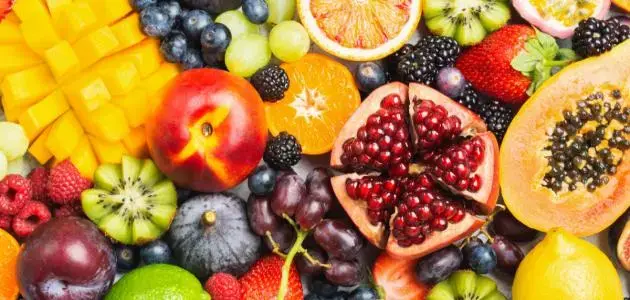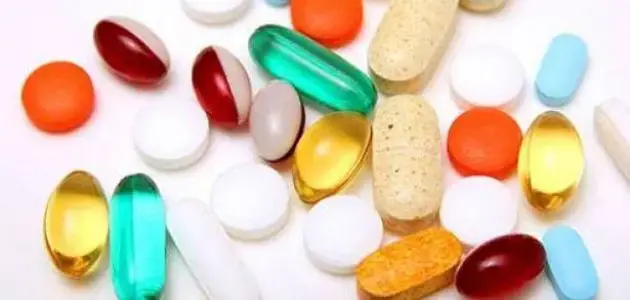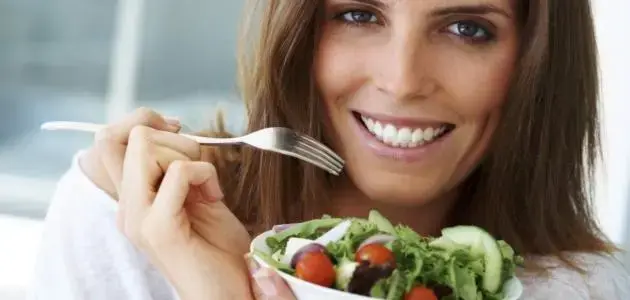Where You’ll Find Copper in Fruit
Plenty of fruits contain copper, an important trace mineral your body needs in small amounts. Here are some of the top fruits that are naturally rich in copper:
Fruits Rich in Copper
- Avocados: One cup of mashed avocado gives you about 0.7 mg of copper. They’re also full of healthy fats, fiber, B vitamins, potassium, and vitamins C, E, and K. Avocados are great for heart health and might even help with weight loss.
- Durian: This tropical fruit packs about 0.5 mg of copper per cup. It’s also loaded with antioxidants, magnesium, B vitamins, folate, manganese, and vitamin C.
- Guava: A cup of guava has around 0.4 mg of copper. It’s rich in vitamin C, fiber, and pectin—a type of fiber that supports digestion and may lower colon cancer risk.
- Lychee: One cup offers 0.3 mg of copper. It’s mostly water and carbs but also contains vitamin C, riboflavin (B2), potassium, and powerful plant antioxidants.
- Pomegranate: A cup of pomegranate seeds delivers 0.3 mg of copper. It's antioxidant-rich and full of vitamins, fiber, and minerals—its juice has three times the antioxidants of green tea!
- Blackberries: One cup provides 0.2 mg of copper. They’re low in carbs and high in antioxidants like anthocyanins, plus vitamin C, manganese, and vitamin K.
- Kiwi: One cup gives you 0.2 mg of copper, about 26% of your daily needs. Kiwis are also a good source of vitamin C, potassium, folate, and vitamin E.
- Dried Jujube (Chinese date): 100g offers 0.2 mg of copper along with protein, fiber, calcium, and magnesium—all in a low-calorie package.
- Cherimoya: One cup contains 0.1 mg of copper. It has a tropical flavor and is packed with fiber, vitamins, and antioxidants that support your heart and immune system.
- Sapodilla: A cup offers 0.2 mg of copper. It’s also rich in fiber, vitamin C, iron, calcium, and folate.
- Passion Fruit: One cup has 0.2 mg of copper, plus high levels of vitamin A, vitamin C, potassium, and other key nutrients.
- Grapes: Red or green grapes offer 0.2 mg of copper per cup. They’re rich in antioxidants, vitamin K, and potassium—great for heart and immune health.
- Persimmons (Fuyu): One fruit has about 0.2 mg of copper. They’re high in fiber, vitamin A, and antioxidants, with a sweet, creamy texture when ripe.
- Mango: One cup provides 0.2 mg of copper and lots of vitamin C, folate, vitamin A, and potassium.
- Pineapple: A cup gives you 0.2 mg of copper, along with vitamin C, beta-carotene, and bromelain—an enzyme that supports digestion and overall wellness.
- Coconut Meat: One cup has 0.2 mg of copper. It’s calorie-dense and high in saturated fat, fiber, and other minerals like manganese.
- Loganberries: Frozen loganberries offer 0.2 mg of copper per cup, plus fiber, vitamin C, beta-carotene, and other essential nutrients.
- Dried Apricots: Just 28g (a small handful) gives you 0.2 mg of copper, along with beta-carotene, lutein, and other eye-friendly antioxidants.
- Tart Cherries: A cup delivers 0.2 mg of copper and is often used for its health benefits and in certain supplements.
- Starfruit (Carambola): One cup has 0.1 mg of copper and is low in calories but rich in fiber and antioxidants like quercetin and epicatechin.
- Peaches: A medium peach gives you 5% of your daily copper needs, while ¼ cup of dried peaches provides 0.1 mg (16% of daily value).
- Zante Currants: These small dried grapes contain 0.1 mg of copper per 28g serving and are a good source of fiber and minerals.
- Bananas: A cup of sliced banana has 0.1 mg of copper, along with fiber, potassium, and vitamin C.
- Cranberries: One cup of chopped cranberries gives you 0.1 mg of copper, plus vitamin C, E, and K, and fiber.
- Strawberries: One cup of sliced strawberries has 0.1 mg of copper, plus water, fiber, and key vitamins like C and B6.
- Gooseberries: A cup provides 0.1 mg of copper, plus fiber, potassium, vitamin B6, and vitamin C.
- Figs: Three dried figs contain 0.1 mg of copper. They also support hair health thanks to their zinc, vitamin C, calcium, and magnesium content.
- Sweet Cherries: One cup provides 0.1 mg of copper, along with fiber, antioxidants, and inflammation-fighting compounds.
- Blueberries: A cup gives you 0.1 mg of copper, plus fiber, manganese, and vitamins C and K.
- Pears: One cup of chopped pear has 0.1 mg of copper. Pears are rich in antioxidants, fiber, vitamin C, and potassium.
Quick Facts About Copper
Copper is the third most abundant trace element in the body, after iron and zinc. It’s essential for making red and white blood cells, supporting enzyme function, and helping your body absorb iron. You can find copper in many foods, especially seafood, whole grains, and cocoa products. Your body stores copper in your bones and muscles and manages levels through the liver.
How Much Copper Do You Need?
The recommended daily intake varies by age:
- Infants (0-12 months): 200 mcg
- Kids (1-8 years): 340–440 mcg
- Teens (9–18 years): 700–890 mcg
- Adults (19+): 900 mcg
- Pregnant/Breastfeeding: 1000 mcg
Can You Get Too Much Copper?
Too much copper (blood levels over 140 mcg/dL) can lead to symptoms like headaches, nausea, vomiting, stomach cramps, yellowing of the skin/eyes, and even fainting. Toxicity is rare but can happen from contaminated water, excessive supplements, or liver issues. If you’re taking copper supplements, always follow your doctor’s guidance, especially since copper can interact with certain medications like hormone therapy, NSAIDs, gout medications, and zinc supplements.
As long as you eat a balanced diet, you're likely getting enough copper without needing supplements.
Leave a comment
Your email address will not be published. Required fields are marked *




